
Eurasian brown bear (Ursus arctos arctos), 20200620 ZooChat
Ursus arctos sitkensis. Kingdom. Animalia. Location in Taxonomic Tree . Species. Ursus arctos. Subspecies. Ursus arctos sitkensis. Identification Numbers. TSN: 726994. Geography. Working with others to conserve, protect and enhance fish, wildlife, plants and their habitats for the continuing benefit of the American people.
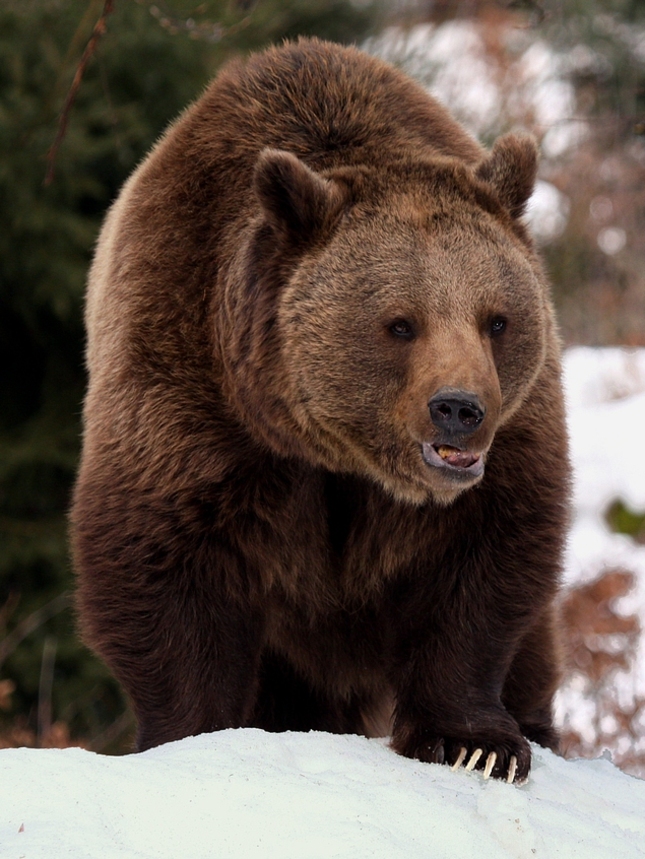
Ursus arctos Fotografia Fotogaléria ePhoto.sk foto, fotografie, fotoaparáty
The brown bear has the name of Ursus arctos and is a type of mammal. The name Ursus is derived from the Latin, which means "bear." Both "ursus" and "arctos" mean bear, with "arctos" being the Greek term for this animal.. ABC Islands bear - Ursus arctos sitkensis. Also called the Sitka brown bear. Very dark-colored fur.
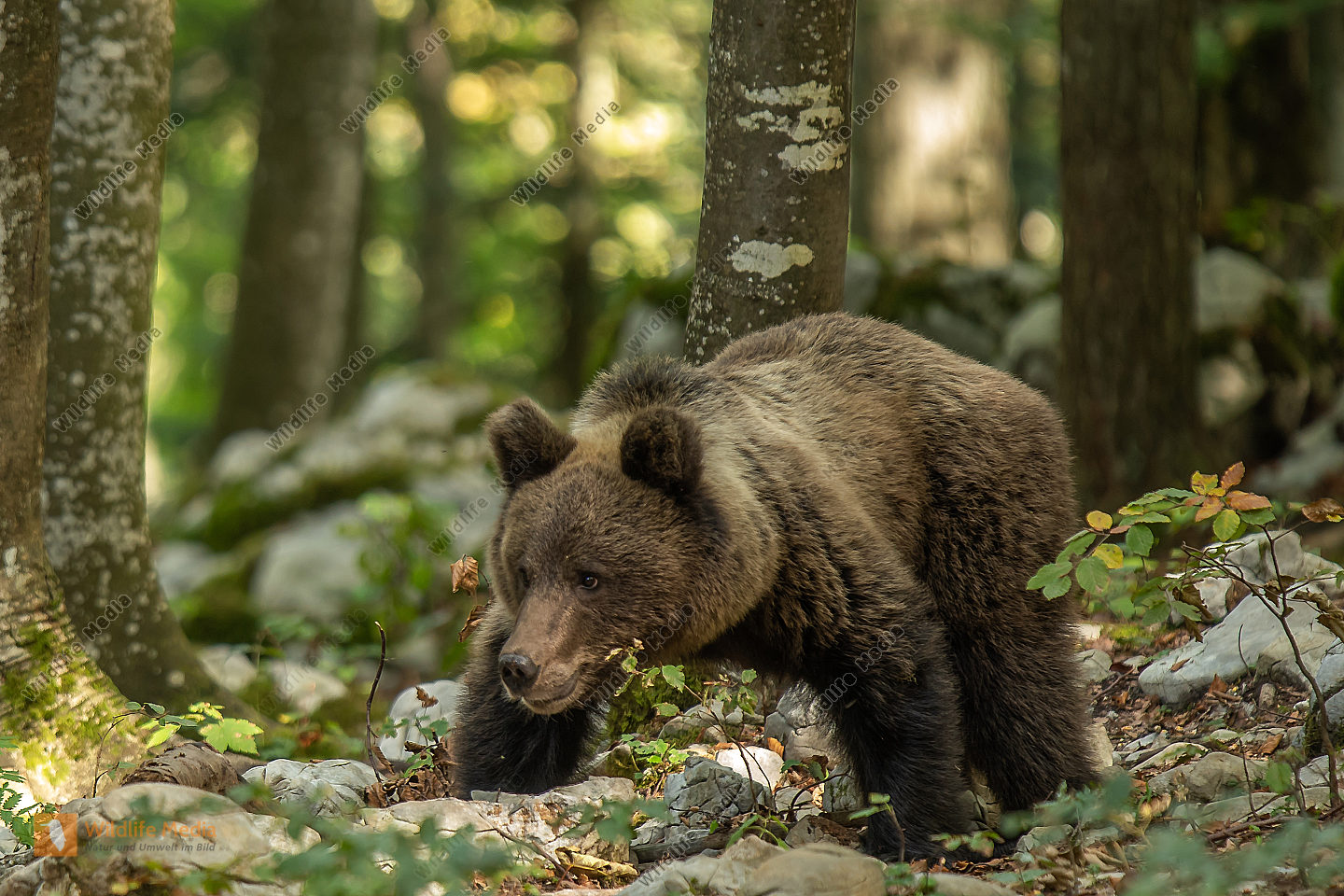
Ursus arctos Bild bestellen Naturbilder bei Wildlife Media
The case was not unexpected — black bears (Ursus americanus) and brown bears (Ursus arctos) have previously been found with the deadly virus.However, polar bears are a vulnerable species because.

Eurasian brown bear (Ursus arctos arctos), 20200712 ZooChat
The brown bear (Ursus arctos) is a large bear species found across Eurasia and North America. In North America, the populations of brown bears are called grizzly bears, while the subspecies that inhabits the Kodiak Islands of Alaska is known as the Kodiak bear.. These data demonstrate that U. a. gyas, U. a. horribilis, U. a. sitkensis and U.
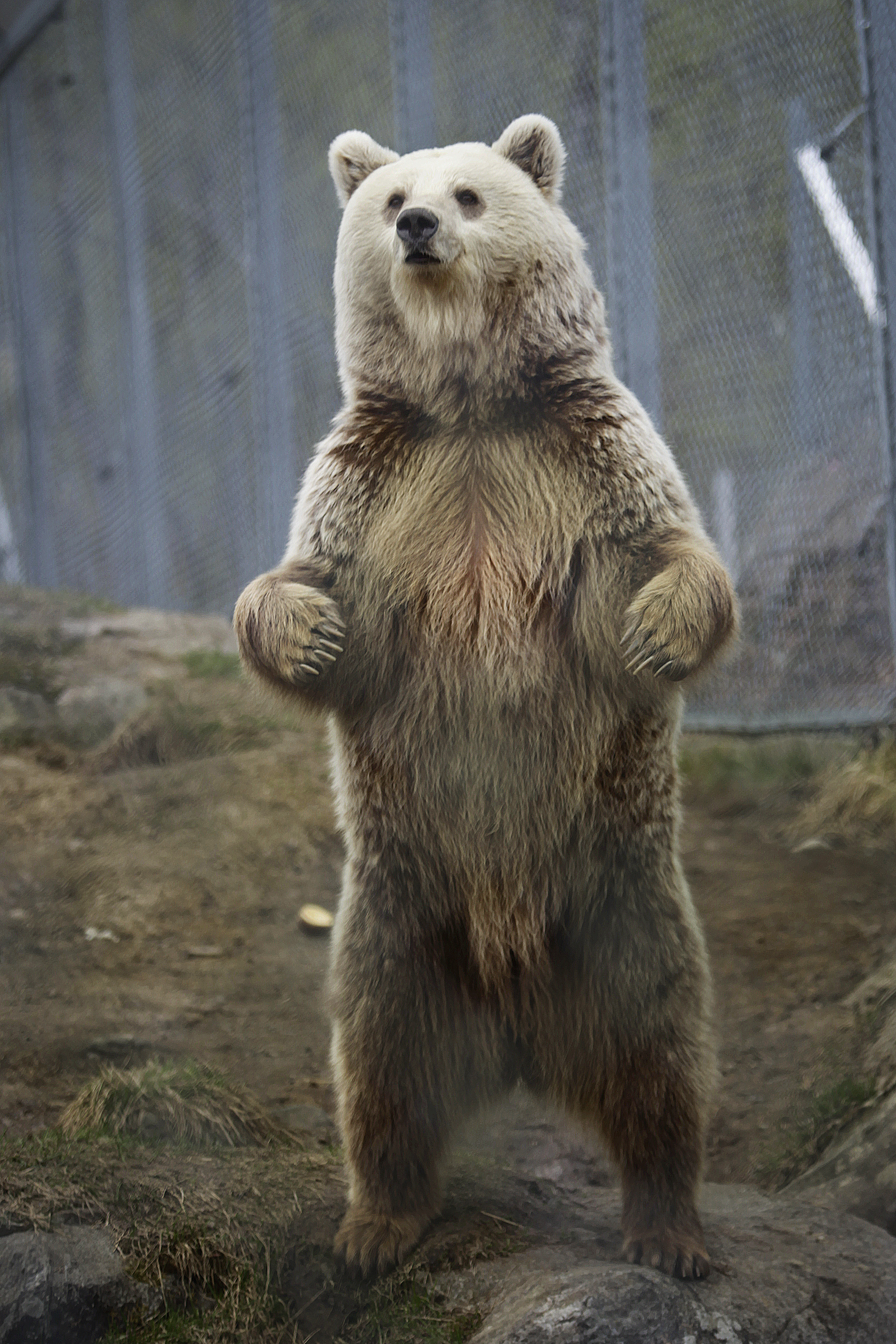
FileUrsus arctos Norway.jpg Wikimedia Commons
Summary 2 The ABC Islands bear or Sitka brown bear (Ursus arctos sitkensis) is a subspecies or population of brown bear that resides in Southeast Alaska and is found on Admiralty Island, Baranof Island, and Chichagof Island of Alaska.These islands have the colloquial name of the ABC Islands and are a part of the Alexander Archipelago. This brown bear population has a unique genetic structure.

Καφέ Αρκούδα Ursus arctos marsicanus LIFE ARC
Museum specimens (maxillae and mandibles) from 393 North American brown bears (Ursus arctos) from Alaska were examined macroscopically according to predefined criteria and 204 specimens were included in this study. The specimens were acquired between 1905 and 2012. There were 99 specimens (48.5%) fr.
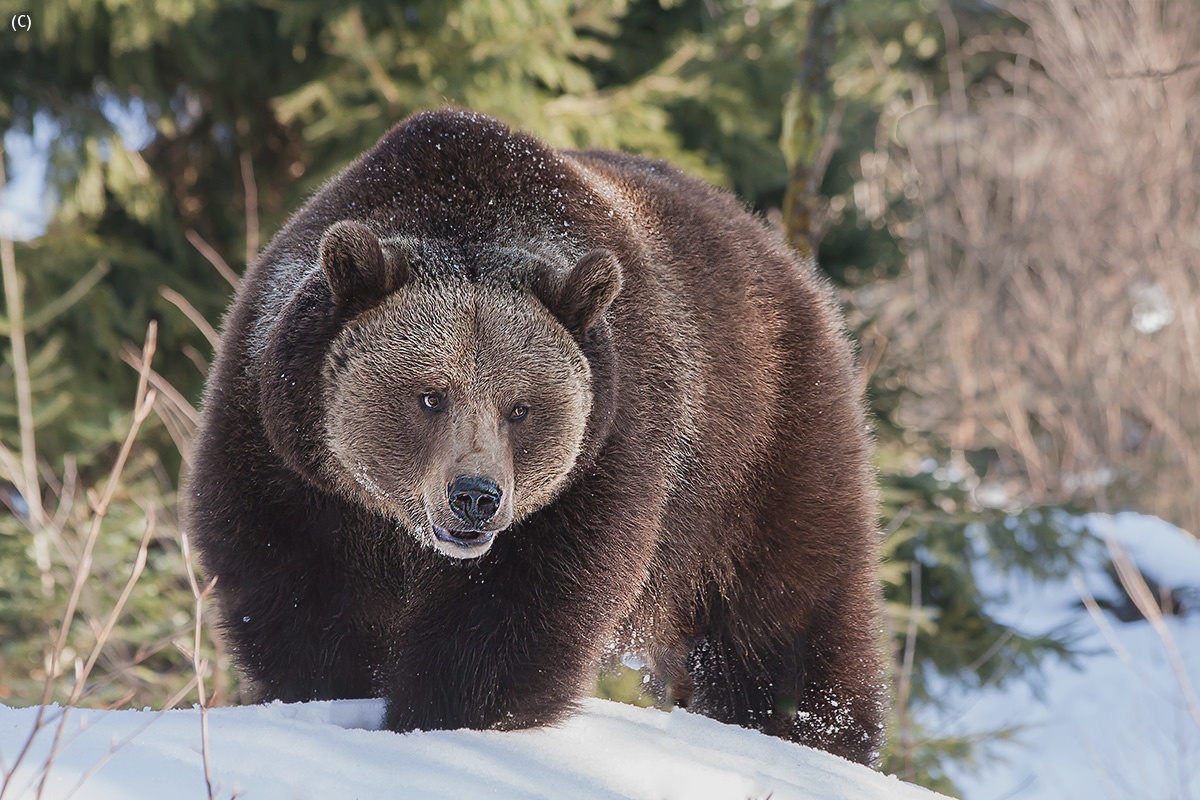
orso (ursus arctos) JuzaPhoto
The brown bear (Ursus arctos) is a large bear species found across Eurasia and North America. In North America, the populations of brown bears are called grizzly bears, while the subspecies that inhabits the Kodiak Islands of Alaska is known as the Kodiak bear.It is one of the largest living terrestrial members of the order Carnivora, rivaled in size only by its closest relative, the polar.

ADW Ursus arctos PICTURES
The Sitka brown bear (Ursus arctos sitkensis) is also an endemic species: genetic studies suggest a distinctive lineage of brown bears that are restricted to the Admiralty, Baranof, and Chichagof islands. Brown bears occupy the Indian River drainage and occasionally enter the park, often at the beginning of the salmon runs.
_running.jpg)
FileBrown bear (Ursus arctos arctos) running.jpg Wikimedia Commons
The ABC Islands bear or Sitka brown bear ( Ursus arctos sitkensis) is a subspecies or population of brown bear that resides in Southeast Alaska and is found on Admiralty Island, Baranof Island, and Chichagof Island in Alaska (colloquially known as the ABC Islands ), and a part of the Alexander Archipelago. It has a unique genetic structure that.

European brown bear/ Ursus arctos arctos ZooChat
Ursus arctos is largest along the the coast of southern Alaska and on nearby islands where males average 389 kg and females average 207 kg, though some males have been weighed at as much as 780 kg. Distance between the canines is from 6 to 8 cm. Size rapidly declines to the north and east, with individuals in southwestern Yukon weighing only.

ABC Islands Brown Bear (Ursus arctos sitkensis) ZooChat
Ursus arctos (Brown Bear) is a species of mammals in the family bears. They are listed as extinct by COSEWIC and in cites appendix i. They are native to The Nearctic and the Palearctic. They are solitary, crepuscular omnivores. Individuals are known to live for 600 months and can grow to 1484.07 mm.
_smiling.jpg/1280px-Brown_bear_(Ursus_arctos_arctos)_smiling.jpg)
DateiBrown bear (Ursus arctos arctos) smiling.jpg Wikipedia
Species Factsheet 2: Brown bear (Ursus arctos) Brown bear in the Kodiak National Wildlife Refuge in Alaska (Steve Hillebrand/USFWS) OVERVIEW The brown bear is the most widely distributed of all bears and is widespread in the forests. (Ursus arctos sitkensis)* Stickeen brown bear (Ursus arctos stikeenensis)*

Ursus arctos Bild bestellen Naturbilder bei Wildlife Media
Ursus arctos stikeenensis. Merriam, 1914. The Stickeen brown bear (Ursus arctos stikeenensis), also known as Stikine brown bear, is a large North American brown bear that is most commonly dark brown in color but can also range from blonde to black, featuring a distinctive hump on its shoulders and a slightly dished profile to the face.
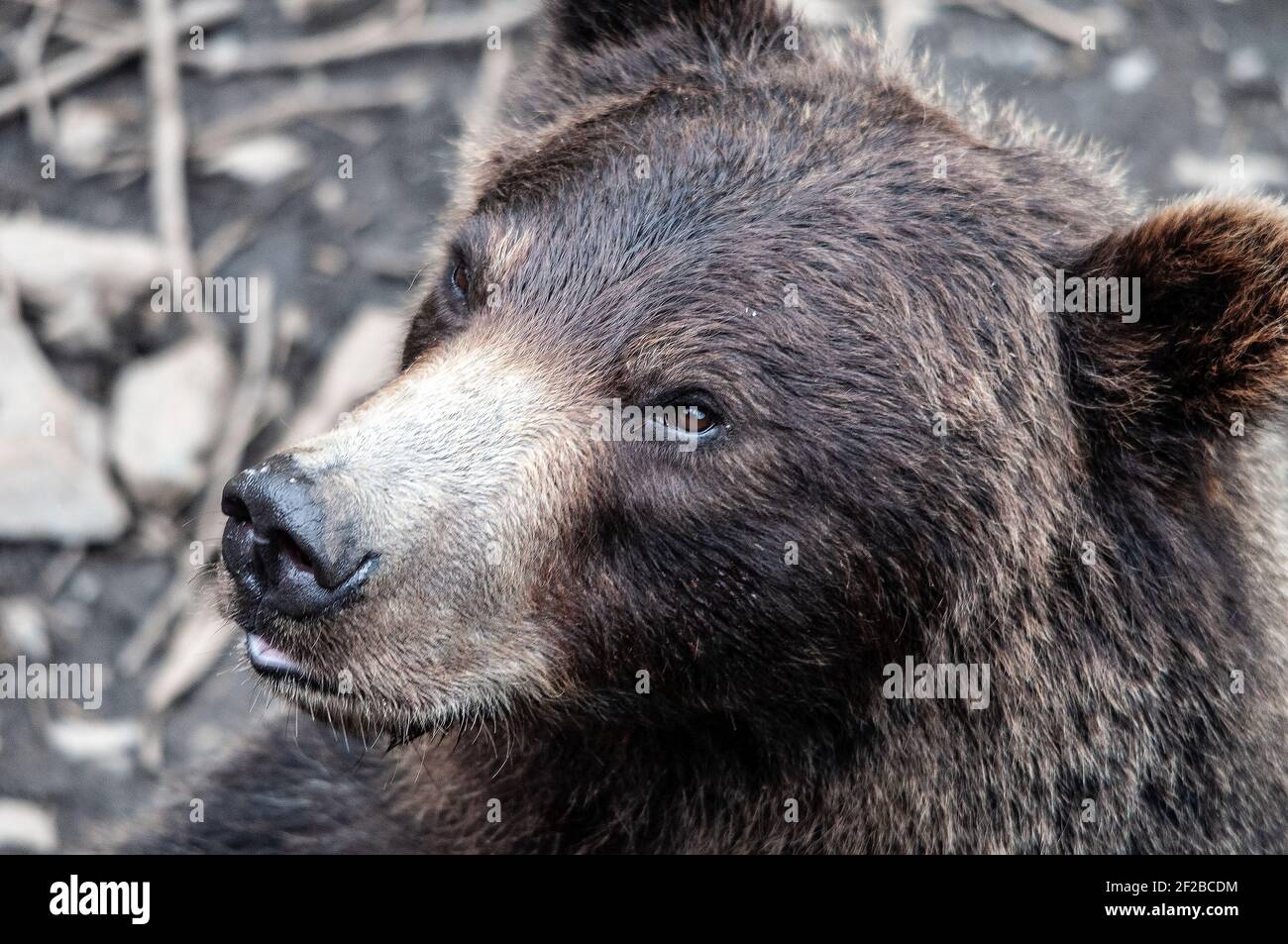
Brown bear (grizzly) (Ursus arctos sitkensis) on Sitka Island, Alaska Stock Photo Alamy
A young adult female Cub, 14 months old Ursus arctos range (Europe) A Eurasian brown bear in a pond. The Eurasian brown bear (Ursus arctos arctos) is one of the most common subspecies of the brown bear, and is found in much of Eurasia.It is also called the European brown bear, common brown bear, common bear, and colloquially by many other names.The genetic diversity of present-day brown bears.

Image Ursus arctos sitkensis (Sitka Brown Bear) BioLib.cz
Media in category "Ursus arctos sitkensis" The following 8 files are in this category, out of 8 total. 20130622-FS-Tongass-PackCreek-001 (14274902499).jpg 3,072 × 2,304; 3.23 MB

Brown Bear Ursus Arctos Typical Nordic European Forest Finland Europe Stock Photo by
Ursus arctos Name Synonyms Ursus caurinus Merriam, 1914 Ursus eltonclarki Merriam, 1914 Ursus eltonclarki insularis Merriam, 1916. Ursus arctos sitkensis Merriam, 1896 Bibliographic References. Garshelis, D. L. / Don E. Wilson and Rusell A. Mittermeier, eds., 2009: Family Ursidae (Bears). Handbook of the Mammals of the World. Vol. 1.